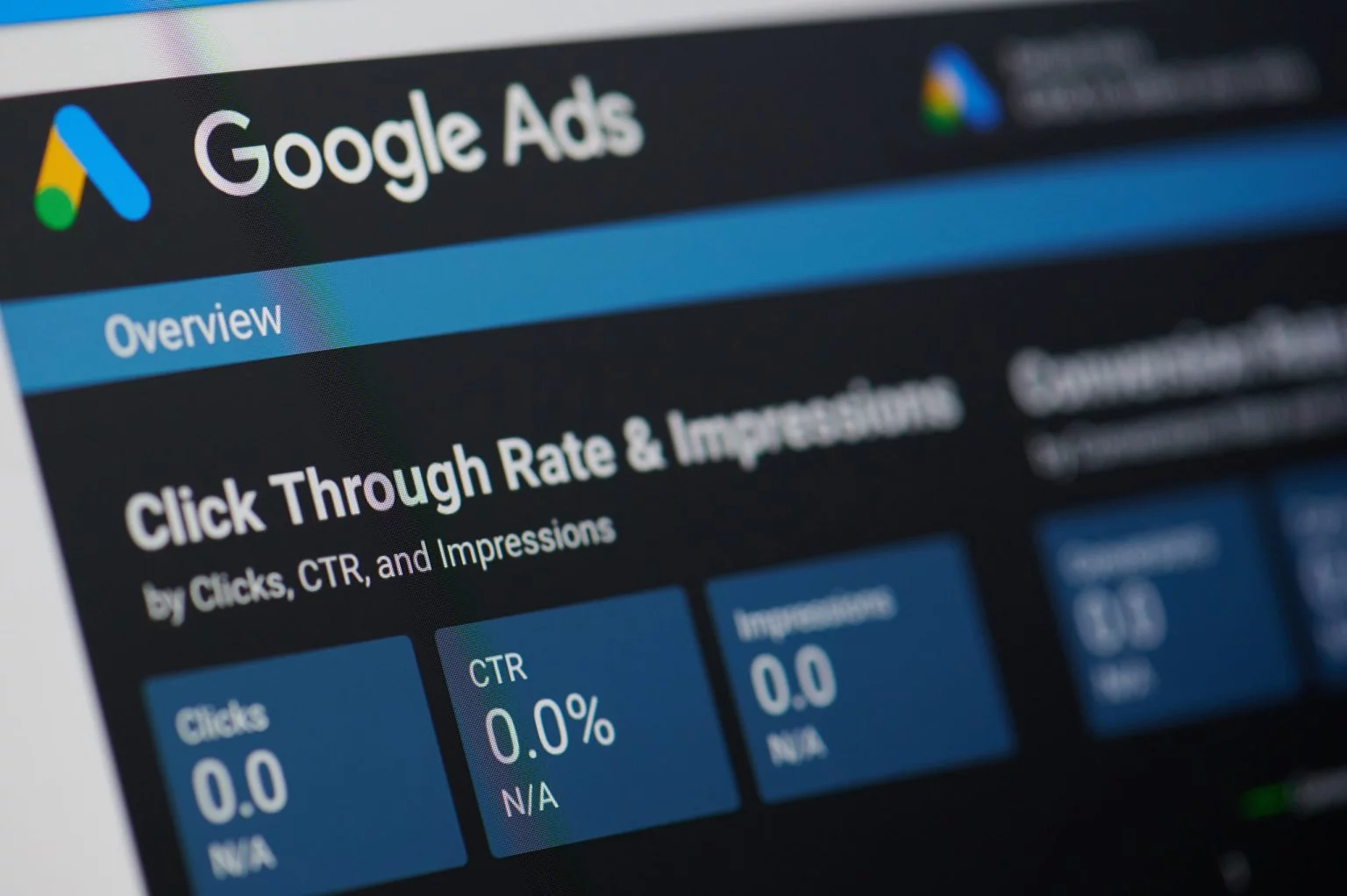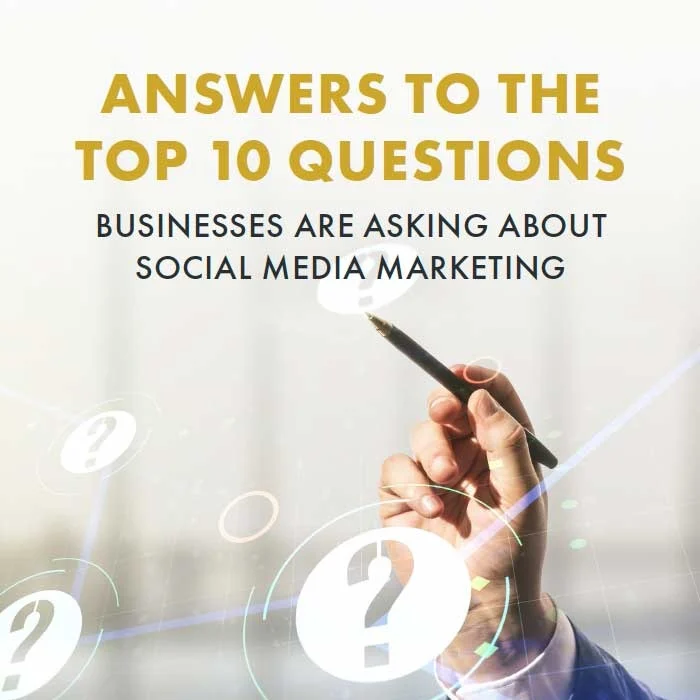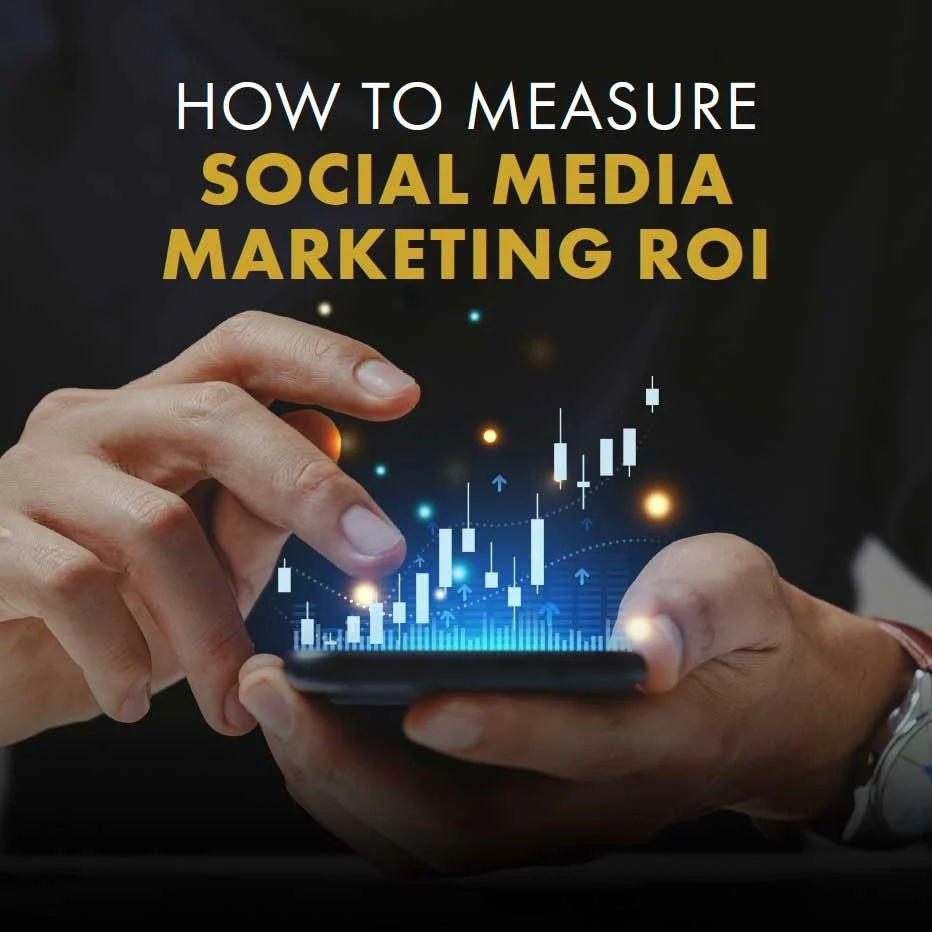Did you know that over 45% of the world’s population uses social media? With that much attention directed toward the medium, it is clear that businesses need to have a solid social media marketing strategy in place, particularly businesses that practice inbound marketing.
Contrary to popular belief, social media is not simply about how many likes you can get. Instead, it’s all about engagement. Due to the medium’s unique ability to engage with consumers, social media marketing also ties in with inbound marketing in a number of ways. Platforms like Facebook, Instagram, LinkedIn, and Twitter provide fun and creative ways to promote inbound content, further helping to drive traffic back to your website.
Businesses are wise to take advantage of social media as a part of their all-encompassing inbound marketing strategy; however, the busy schedules of many companies’ owners and marketers too often prevent businesses from being able to understand the ins and outs of social media best practices. But that’s why we’re here! Below, you’ll find a crash course in social media marketing, complete with the top ten best practices for creating effective social media posts.
1. Create goals.
Before you begin marketing your business on social media platforms, you must have goals in mind. By setting goals before you begin, it will be easier to measure both your successes and failures. Your goals should be specific and clear. For example, in one month, you may aim to gain at least 100 new followers, entice 25 of them to engage with your content, and maybe even convert five to ten of them into new customers.
Setting specific goals like these helps prevent businesses from posting irrelevant or ineffective posts just for the heck of it. Having a basis for what you’re trying to achieve with your social media posts is crucial for staying on track and measuring success.
2. Promote your content.
According to CMI and Marketing Profs, 87% of content marketers share their content on social media platforms. That’s because they recognize the opportunity that this powerful medium presents when it comes to promoting blog posts, eBooks, videos, and other inbound content. Posting helpful and relevant blog posts and other quality inbound content is a great way to engage with consumers and drive traffic back to your website.
Also worth noting: Blog posts are also extremely shareable. If your post is particularly helpful, then chances are consumers will want to share it on their own profiles in order to help bring insight to their friends as well. This is essentially free, organic promotion for your business’ inbound content! What a steal!
3. Know your audience.
Your social media marketing strategy must be a part of an all-encompassing inbound strategy that’s designed to reach a specific target persona. A target persona represents the typical person who has proven to be interested in your products or services.
Knowing your target persona gives you an advantage in marketing because you will know the characteristics and personalities of the consumers you are reaching out to. For example, if you know that your business's typical customer is the “outdoorsy” type, you can seize their attention by posting content that speaks to those desires. Post what you know your fan base would like to see on their feeds.
Don’t know who your target persona is? We can help! Schedule a complimentary consultation with us today and we can take a deeper dive into the workings of your business so that you can be an effective lead-generating machine.
4. Drive traffic to your social media accounts.
Increasing traffic to your social media accounts will allow for more consumers to visit your website. According to Shareaholic, social media is the #1 driver of all website referral traffic! But how can you be sure that you are driving consumers to your social media platforms in the first place?
There are a couple of ways to effectively promote your social media pages. One way is by advertising on other channels (radio, print, digital, etc.). On those platforms, you can include a call-to-action to drive traffic to your social media accounts. For example, if you are running an exciting contest, a call-to-action in your digital advertisements can direct people to enter the contest through your Facebook or Instagram pages. Another way is by putting a little money behind your social pages. Even just boosting your page for a few dollars every once in a while can draw an increase in consumer attention to your profile and cause consumers to want to follow along.
5. Encourage content sharing.
As we stated above, certain forms of inbound content, like blog posts and videos, are great for encouraging organic sharing. Facebook, Twitter, and Instagram all have buttons that allow consumers to share content with a simple click or a tap. Social media accounts are not the only places where the share button can be effective though. Anywhere you have a digital footprint, such as your website, blog, or email should give visitors the opportunity to click and share content easily. The more shares your content gets, the greater the chance of expanding your reach and promoting more followers, and increasing website traffic.
6. Use visuals.
Highly visual, “thumb-stopping” content is essential for engaging with consumers. Consumers respond better to visuals because they remember 80% of what they see. This statistic proves that your business should spend time ensuring that any photos and videos shared on social media are visually appealing and eye-catching. Overall, creating unique, captivating content increases the likelihood that audiences will remember you.
7. Establish a unique identity.
Social media is a platform used for self-expression, as is evidenced by so many of today’s users creating their own brand identities through their accounts. The same goes for your business: Feel the freedom to express yourself. Show who you are and share your unique identity with consumers. Create a brand that is truly genuine and explores who you are as a company.
One way that many businesses practice this concept is by utilizing humor to show their personalities. It’s okay to think outside the box. Share funny memes, GIFs, and videos. Show your followers that you are “human.” Remember: People are on social media to unwind and add a little fun to their day. This means that consumers will be more willing to read content that they find funny and entertaining than content that is too serious and bland.
8. Select the best channel for your business.
There are multiple social media platforms, but that does not mean in order to be successful you have to be on all of them. Social media marketing is a waste of your time if you market on platforms that your target audience is not on. Keep your focus on the platforms that you know your target audience engages with the most.
For example, if your target audience is into news and current events you would want to have a strong presence on Twitter. According to CoSchedule, Twitter is known to be a news platform that is well-suited to sharing blog posts and website content. With target persona research like we mentioned above, you can easily determine what social platforms your target persona spends the majority of their time on and hone in your focus on those mediums.
9. Promote social media accounts in your email signature.
This one is short and simple: Encourage your employees to include a link to your business's social media accounts in their email signatures. This is just one more touch-point that you can leverage for promoting an increase in traffic to your social platforms.
10. Integrate your social media marketing with traditional advertising.
The main focus behind social media marketing and traditional marketing is the same: Gaining potential customers by extending your reach and raising brand awareness. Utilizing these two mediums in tandem further promotes an increase in brand awareness by pushing your content and your unique message out across multiple channels. Consumers are more likely to discover you when you consistently spread your message evenly across multiple mediums.
We hope that after reading these ten best practices, it is clear that your business needs to up its social media game in order to see even more success from your inbound marketing efforts. Social media and inbound marketing go hand-in-hand and when the above practices are implemented, there is no limit to what your business can accomplish.
Feeling overwhelmed at the thought of upping your social media marketing all while trying to run an inbound marketing-focused business? Never fear! Let our team help take some of the load off of your hands! Let’s talk about how our social media management services may be the perfect fit for helping to promote your quality inbound content.


.webp)


















































